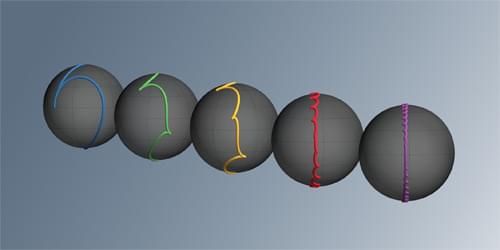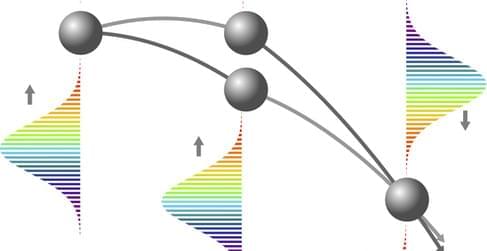“This year, parents are sending their children to daycare and school for the first time following two years of the pandemic. … Children who haven’t been previously exposed to respiratory viruses are getting sick,” Romano said.
Health officials in King County, Wash., are also alarmed as they brace for more cases once winter hits. Dr. Russell Migita with Seattle Children’s Hospital told King 5 News they are seeing about 20 to 30 positive cases every day, adding that those are “unprecedented” figures.
RSV symptoms are similar to a cold and can be harmless in adults, but the CDC says children under the age of 5 are the most affected group. According to the agency’s data, each year approximately 58,000 children in that age range are hospitalized for RSV. The next most vulnerable group are adults over 65, in whom the infection causes 14,000 deaths a year.






